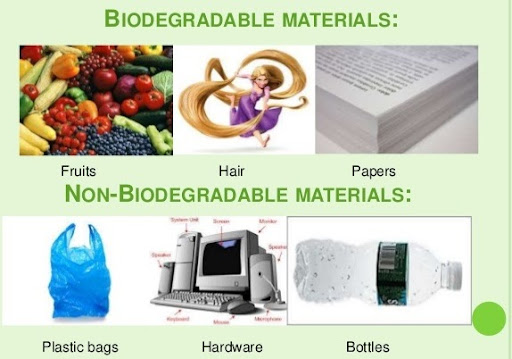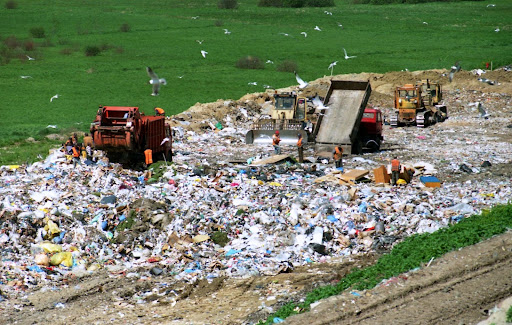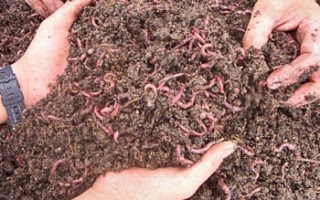GARBAGE IN, GARBAGE OUT for Class 6 SCIENCE
Introduction
Hamare chapter ka name hai “Garbage in, Garbage out”, toh sabse pehle hum dekhte hai ki garbage kya hota hai.
Undesired or unwanted material ko hum garbage kehte hai. Isko hum junk ya trash bhi kehte hai. Hum yeh bhi keh sakte hai ki daily basis par jo household waste produce hota hai usko garbage kehte hai. Ab hum daily life mein iske kuchh examples dekhte hai. Eg- nuts khane ke bad hum groundnut shells ko kahi bhi throw kar dete hai, hum jab bus se utarte hai toh ticket ko kahi bhi throw kar dete hai, pencil sharp karke dust kahi bhi throw kar dete hai. Daily life mein aise aur aur bhi uncountable examples hai jisse hum waste generate karte hai.
Iss chapter mein hum janege ki garbage ke sath kaise deal kiya jata hai, isko properly kaise dispose kiya jata hai, isme se useful things ko recycle kaise kiya jata hai, etc. Hum iss baare mein bhi padhenge ki yeh hamare liye ek boon hai ya curse, agar isko properly dispose na kiya jaye toh yeh hamein kaise harm kar sakta hai, etc.
Dealing With Garbage
Garbage ke sath deal kaise kiya jaye uske liye hamein sabse pehle yeh janna hoga ki hamein kis-kis type ke garbage ya waste ke sath deal karna hai. Toh sabse pehle hum dekhte hai ki kitne type ke waste hote hai aur fir janege ki inko kaise dispose kiya ja sakta hai.
Mode of decomposition ke according hum waste ko 3 parts mein divide karte hai-
Non- biodegradable waste: Aisa waste jis par microorganisms ke action ka koi asar nahi hota aur woh same hi rehta hai, usko non- biodegradable waste kehte hai. Eg- Glass, scrap, etc.

Plastics: Yeh ek aisa product hai jisko decompose karke less harmful substance mein convert nahi kiya ja sakta.
Ab inn wastes ko dump karne ke different ways hai jinke baare mein hum ab padhenge. Sabse pehle hum garbage ko do parts mein divide karte hai- useful aur non-useful components. Garbage se deal karne ke liye hum sabse pehle useful aur non-useful components ko separate karte hai. Iske baad hum useful components ko non-toxic banane ke liye bahut sari processes se treat karte hai aur non-useful components ko landfill par spread kar dete hai.
Landfill kya hota hai?
Waste material ko bury karne ke liye jo low lying area hota hai usko landfill kehte hai.

Non-useful components ko landfill par spread karne ke bad isko soil ki layer se cover kar diya jata hai. Jab koi landfill completely fill ho jata hai tab us par park ya playground bana diya jata hai. Landfill par at least 20 years tak koi building nahi banai ja sakti.
Hamne padha ki waste 2 type ke hote hai aur aaj-kal inn dono type ke wastes ke liye different colour ke dustbins ka use kiya jata hai taki dono wastes ko pehle se hi separate kiya ja sake. Blue dustbins ko hum non-biodegradable waste ke liye use karte hai aur green dustbins ko hum biodegradable wastes ke liye use karte hai.
Biodegradable waste ko soil mein bury kar diya jata hai kyonki yeh completely rot ho jata hai aur compost form karta hai jo ki hamari soil ki fertility ke liye bahut useful hoti hai.
Farmers dried leaves, husk aur left over crop plants ko burn kar dete hai lekin isko burn nahi karna chahiye kyonki isko burn karne se bahut jyada smoke aur harmful gases produce hote hai jo hamare environment aur health dono ke liye hi harmful hai.
India ke prime minister ne bhi cleanliness ke liye ek step liya unhone “Swachh Bharat Mission” launch kiya tha. Government ko leaves burn karne ke against bhi law banana chahiye.
Vermicomposting
Redworms ki help se compost banane ke process ko hum vermicomposting kehte hai.
Ab hum dekhte hai ki vermicompost kaise banaya jata hai.

Think And Throw
Hum sabhi ke houses se daily bahut sara garbage nikalta hai aur jab hamare ek house se itna garbage nikalta hai toh sochiye ki poori city se ek din mein kitna garbage nikalta hai. Hamein iss baat par dhyan dena chahiye ki hum kum se kum waste produce karna chahiye, jitna ho sake chijo ko reuse karna chahiye. Eg- Paper ko ek bar use karne ke baad hum usse paper bags, paper masks, etc. bana sakte hai; bahut saari chijo ko hum decorative material ke liye use kar sakte hai aur daily waste ko reduce kar sakte hai.
Recycling Of Paper
Plastics- Boon Or A Curse?
Ab hum plastics ke baare mein kuchh janege ki yeh hamare liye kaise beneficial hai aur kaise harmful hai.
Aaj-kal hum plastics ka bahut jyada use karte hai lekin yeh ek non-biodegradable substance hai aur inka disposal ek bahut big problem hai. Daily life mein hum bahut saare products jaise bucket, bottle, toy, shoe, bag, pen, etc. use karte hai jo plastic se bane hote hai. Inke disposal ke liye agar inko heat kiya jata hai toh yeh harmful gases release karte hai, yeh food stuffs ko bhi contaminate karte hai. Animals bhi agar koi plastic bag swallow kar lete hai toh woh unko choke kar sakta hai aur unki death ho sakti hai. Isliye hamein plastic items ka use reduce karna chahiye, usko reuse karna chahiye ya fir recycle karna chahiye.
Plastic ko reduce, reuse aur recycle karne ke kuch ways hai-
POINT 1
Biodegradable wastes: Wastes that rot by the action of decomposers are called biodegradable wastes.
Non-biodegradable wastes: Wastes that do not rot by the action of decomposers are called non-biodegradable wastes.
Garbage: All the used or unusable substances which cannot be reused in the same form is called garbage.
Landfill: Waste material, faeces of animals, kitchen waste, garden waste, etc., are collected in dustbins from where it is thrown out into the low lying areas for filling a purpose.
Compost: The manure made up by kitchen wastes and garden wastes is called compost manure. It increases the fertility of the soil.
Vermicomposting: Method of preparing compost with the help of redworms is called vermicomposting.
Recycling: It is a process in which a material which has been used once is recycled to produce something to reuse.
SUMMARY
1. Landfill is an area where the garbage collected from a city or town is dumped. The area is later converted into a park.
2. Converting plant and animal waste including that from kitchen, into manure, is called composting.
3. The method of making compost from kitchen garbage using redworms is called vermicomposting.
4. Paper can be recycled to get useful products.
5. Plastics cannot be converted into less harmful substances by the process of composting.
6. We need to generate less waste and find ways of dealing with the increasing amount of garbage in our surroundings.
